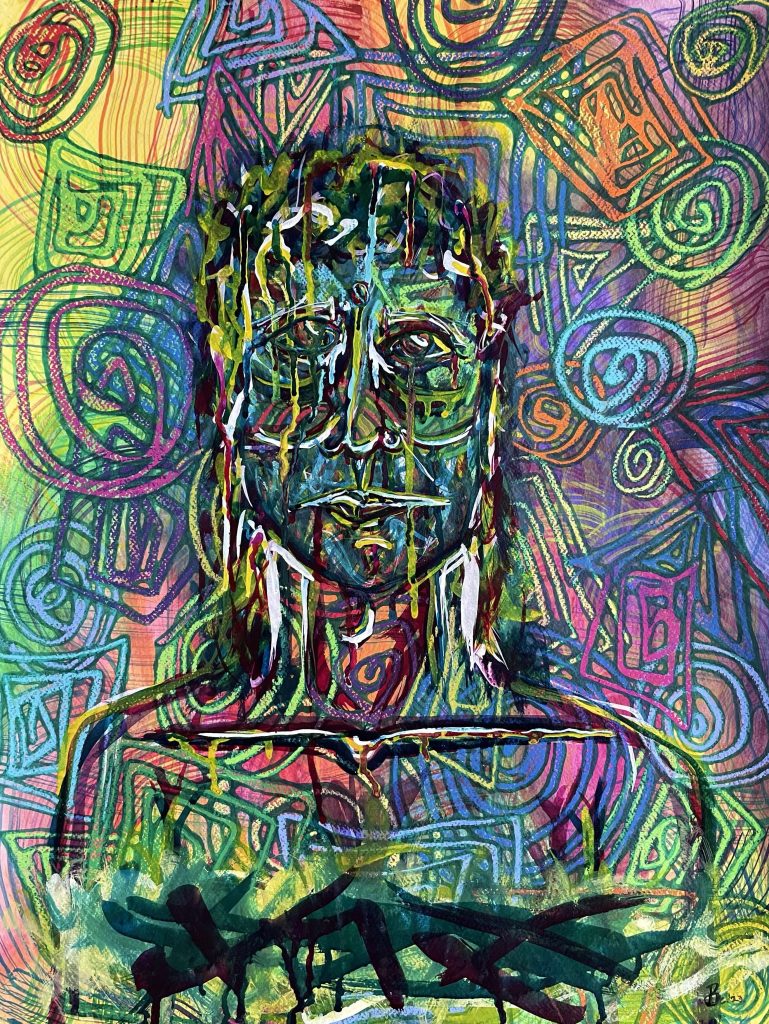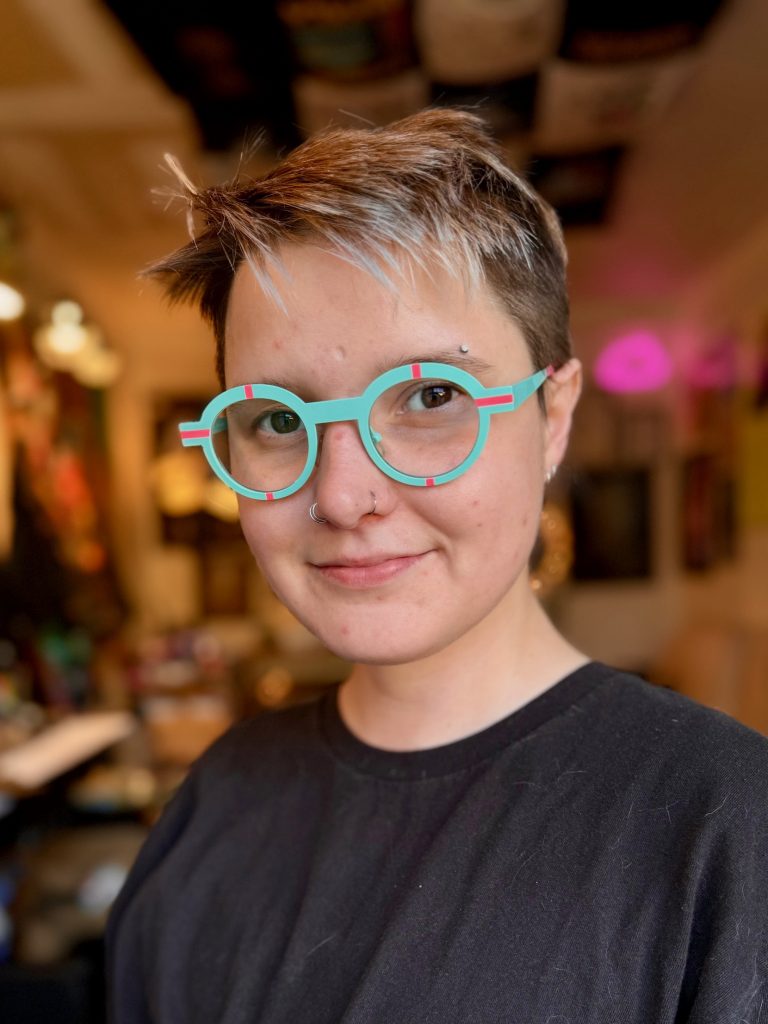June 24, 2024
The American Art Therapy Association represents a diversity of professionals, students, and organizations across the nation. We recognize and celebrate the work of our members at all levels through our Featured Member series.
We invite Featured Members to share their insights about their work, clients, and art therapy journey. This Pride Month, we are focusing on the work and experiences of our LGBTQ+ members.
Has working with a particular client group shaped your professional focus or specialty?
“Trust the process; question everything; recognize cultural factors; be humble; challenge systems; make art.”
— Be Staub
What are your hopes for the future of the art therapy profession?
My hopes for the future of art therapy are that art therapists throughout the United States might gain and practice under an art therapy license so that, as the profession continues to grow and diversify, art therapy will be more frequently recognized and appreciated within research and education.

Tired Eyes
18 x 24″ watercolor, oil pastel, and
India ink on 140lb watercolor paper
2023
Be Staub
Artist Statement
Gender and sexuality are complex subjects to contain within a simple definition. The background of the artwork appears structured and defined, while the figure in the foreground seems loose and fluid. This contrast speaks to the boundaries society attempts to place on gender and sexuality, when in reality it may be that gender and sexuality can be fluid over time. The figure in the artwork appears androgynous, as their secondary sex characteristics have been omitted.
The intention of this omission is to ask viewers, “What is gender?” Take a moment to imagine how you might describe gender, omitting reference to primary or secondary sex characteristics (e.g., genitals, breasts, body hair, etc.). What did you come up with? Was gender easy to define? Or did you struggle to find a concrete answer?
What advice would you give someone interested in pursuing a career in art therapy?
Thus far in my journey as an art therapist, I’ve learned to integrate the following concepts into my practice (this is an ever-evolving list): trust the process; question everything; recognize cultural factors; be humble; challenge systems; make art.
About Be Staub, MA, AMFT

Be Staub (they/them) is an Associate Marriage & Family Therapist with a Master of Arts in Marriage & Family Therapy with specialized training in Art Therapy from Loyola Marymount University. Be works with individuals of all ages who identify as queer, trans, and gender nonconforming (LGBTQIA+).
Be practices a trauma-informed, art-forward psychotherapeutic approach to therapy. Be’s aim is to facilitate engaging and stimulating art therapy that provides individuals with the agency to explore, express, and experience themselves without judgement.
Connect with Be on Instagram at @idkitsbe or on www.bestaub.com
Watch Be Staub as a Panelist in Understanding Intimate Partner Violence: A Queer Perspective, available in AATA’s Online Learning Academy.
This presentation will introduce the dynamics that exist within intimate partner violence in the LGBTQIA+ community. The feminist approach, social dominance theory, and minority stress theory will be discussed to create a dialogue and highlight power imbalances and discourse within heteronormative viewpoints. Barriers to seeking treatment for this population will be discussed and recommendations will be suggested to open pathways for LGBTQIA+ community to reach safer and more inclusive therapeutic experiences.
Presented by Panelists Maru Serricchio-Joiner, PhD, LMFT, ATR-BC, Be Staub, MA, Camille Jessie, MA, and Lucy Orozco, MA. Participants may receive 2 CE credits.
